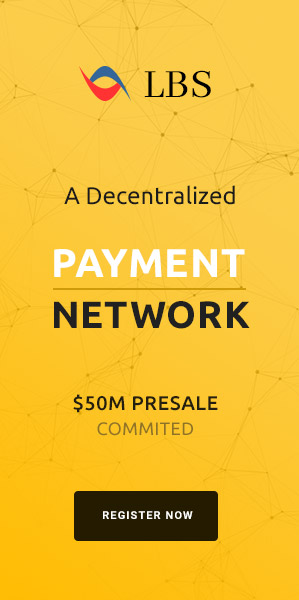Deploying smart contracts on the Ethereum blockchain
First of all, one or more developers must obviously create the smart contract by writing the appropriate lines of code, and then they must send it to the Ethereum network.
In technical terms, publishing it on the Ethereum blockchain means making all the nodes in the network receive and execute it. Once published, all instructions in it will always be executed by all nodes in exactly the same way.
Therefore, not only its publication but also the execution of instructions is irreversible once it is published on the blockchain.
Therefore, what really matters are the instructions it contains – which can be the most diverse – and how many people use it. Indeed, in order for the instructions of a smart contract to actually be executed, there must be one or more transactions that invoke them.
It is also worth remembering that these instructions generally involve the use of resources, such as data or tokens, so for them to actually be executed, all the conditions set as necessary must be met.
Sometimes this data comes from outside, thanks to so-called oracles, while sometimes it simply comes from transactions on the blockchain.
Usually, the transaction that triggers the execution of the instructions contained in a smart contract involves the payment of a fee in ETH, and in many cases in order to actually trigger the execution also involves the payment or sending of tokens specific to the smart contract itself, or other smart contracts.
Technically, smart contracts are a type of account on the Ethereum blockchain, “controlled” by the network rather than a central entity. They can store ETH or tokens, and can also send transactions on the network autonomously.
A contract in the Solidity language would be like a kind of union of a code (the functions) and data (its state) located at a specific address on the Ethereum blockchain. Each contract contains declarations of state variables, functions, function modifiers, data structures and events.


Recent Commens